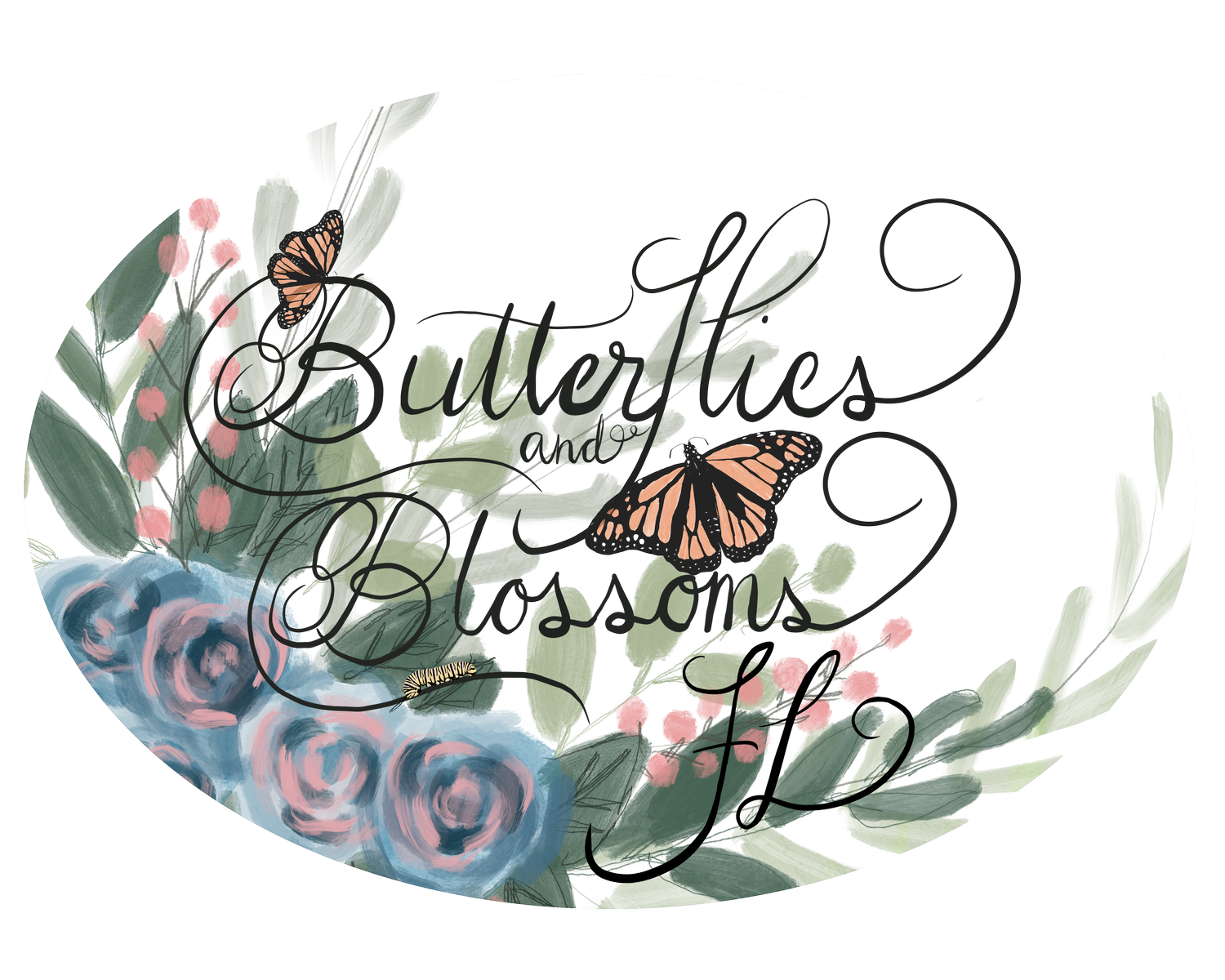Diary of A Gardener Hurricane Resistant Plants
I’m a glass half-full kind of person. I always try to find the good or learn a lesson from whatever happens, because otherwise, the world can feel pretty bleak. Even in a hurricane, I try to see the upside. One lesson I’ve learned is not to get too attached to my plants—something that’s tough for a plant lover like me. While most of my plants came through okay, a few just couldn’t survive. There are also a few I’ve grown tired of trimming back after every storm, as their leaves struggle to withstand the winds and heavy rains.
As I walk around surveying the damage—mostly to large, beautiful trees and landscapes—I’m drawn to the plants that survived. Not because I’m particularly happy they did, but out of curiosity about which plants weathered the storm and which didn’t. Of course, this doesn’t apply to areas that were flooded, especially with saltwater, though some plants can survive saltwater intrusion. The direction and duration of the wind also matter, but I’m seeing an overwhelming number of plants that are either unphased or only slightly leaning.
The survivors tend to have thick, supple leaves, like crotons. And yes, I know what you’re thinking: “But you hate crotons!” True, they’re not my favorite, but some varieties are growing on me. Crotons seem to be among the least affected plants. Small bird of paradise (Strelitzia reginae) is another landscape plant that handled the storm well. Bougainvillea ice (a low-growing species), Nora Grant Ixora, viburnum hedges, Dombeya Seminole, wild coffee, roses, farfugium japonicum, hibiscus (for the most part), coontie, and most low-growing plants that aren’t too sensitive to rain also fared well.
You’ll notice that many of these are “Florida-Friendly” plants, with some being native. But just because a plant is native doesn’t mean it weathered the hurricane well. For example, my beautiful Lantana involucrata looked like it had been set on fire, while my firebush was shredded. The firebush will recover, but the lantana is gone. Often, plants die because their roots are ripped from the ground and then pummeled by salty rainwater. Sometimes they survive, sometimes they don’t.
Over the next few weeks, I’ll be taking notes on more plants that seem unaffected by the storm. Moving forward with my landscape designs, I plan to focus not only on creating Florida-Friendly gardens but also on making them more hurricane-resistant. No plant is 100% storm-proof, but if we can design a garden that’s 90% hurricane-resistant, losing 10% during a storm becomes a lot more manageable.
If you are in need of plant advise or a consultation for your landscape please reach out for help.
Remember to always keep growing.
